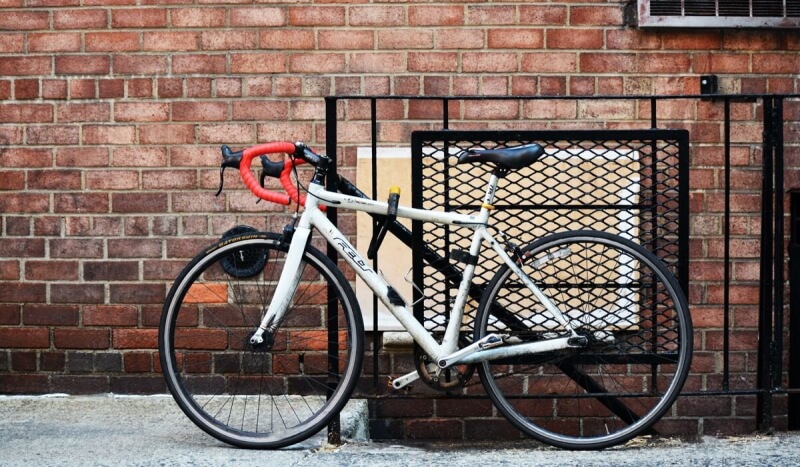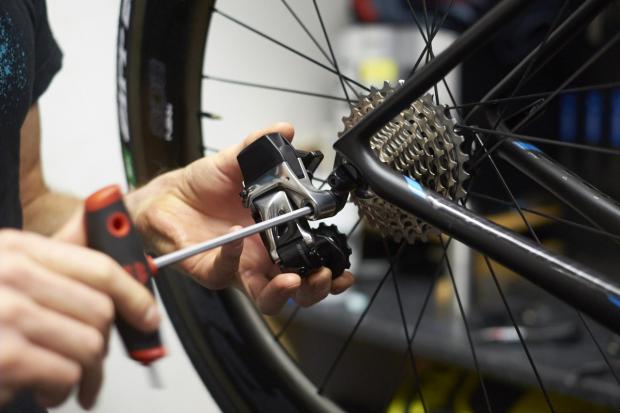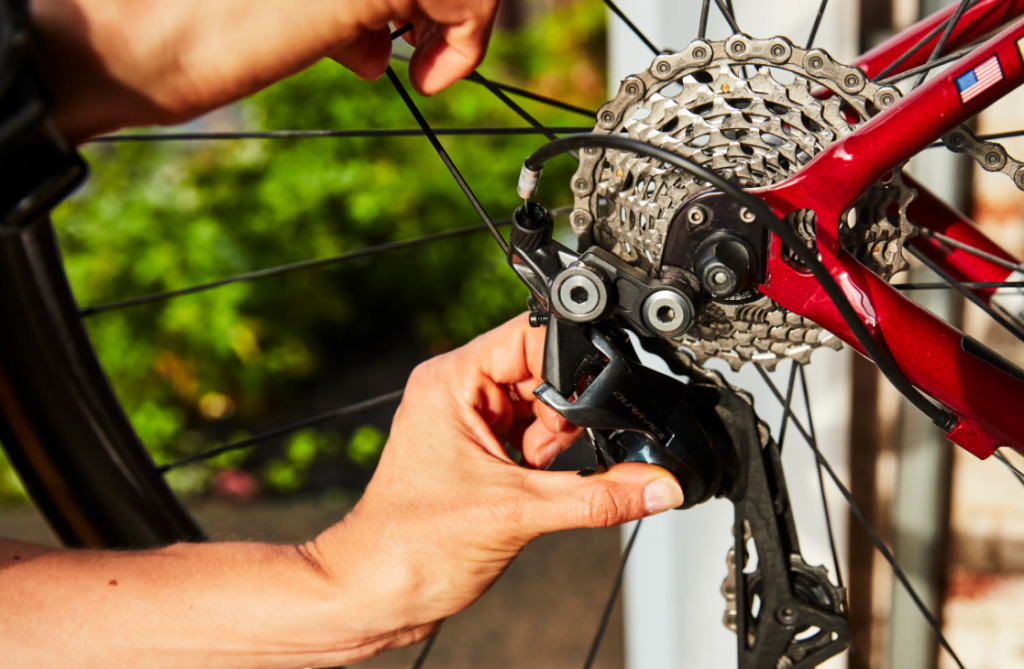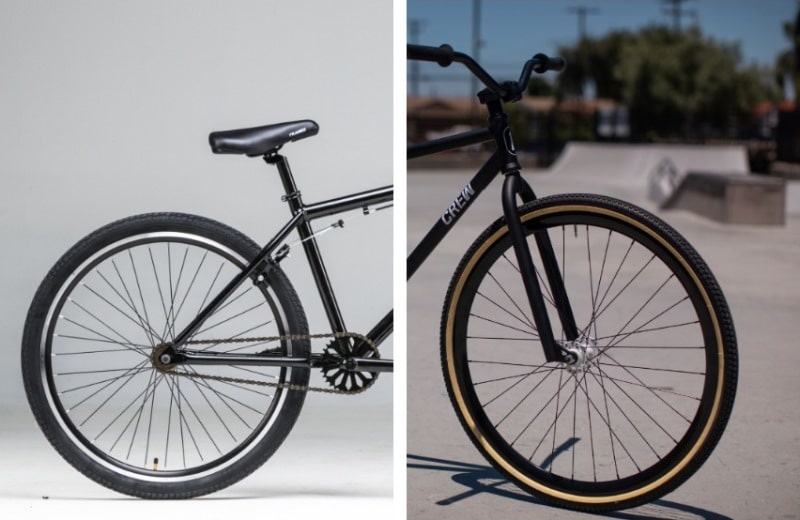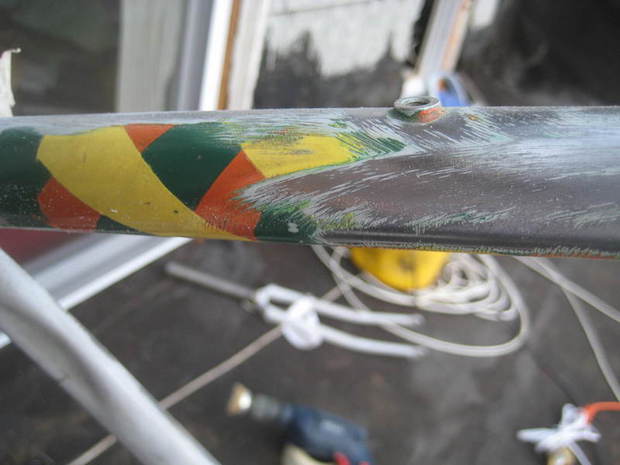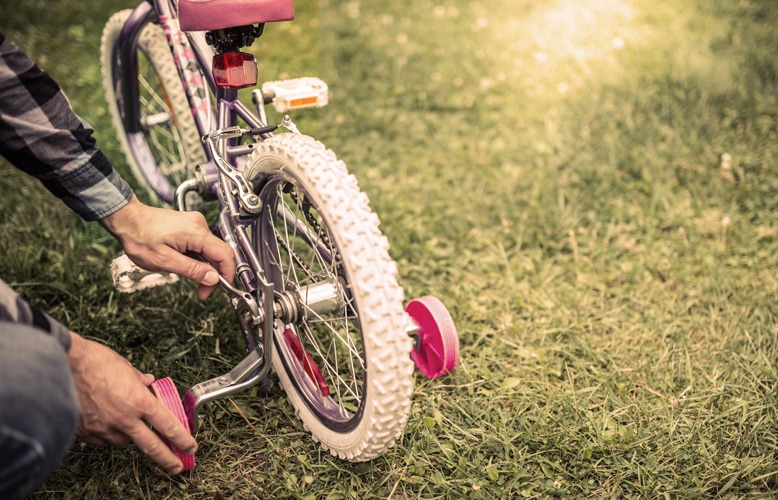- Trails
-
Bikes
-
Gear
-
Tips & Tricks
-
About us



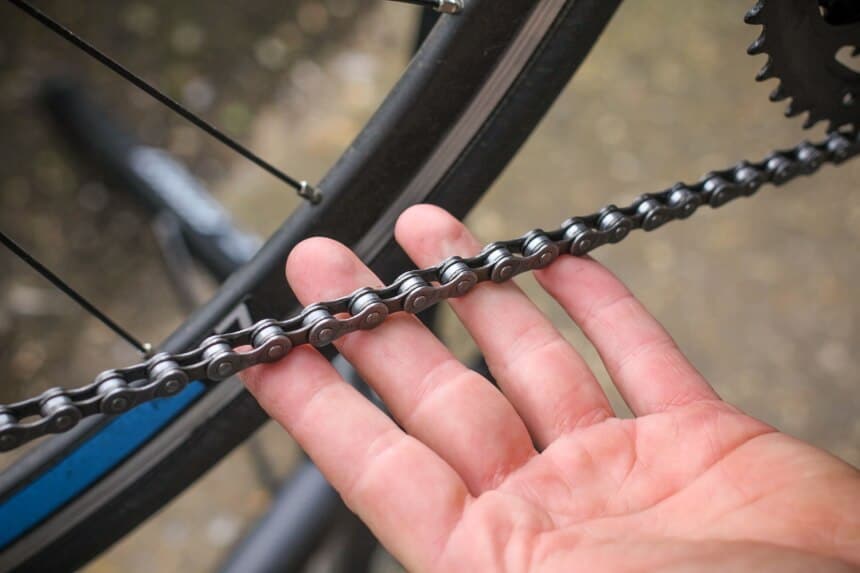 A dirty and rusty chain can significantly affect your ability to pedal because the grime increases friction. Chain rust is fairly common because the bike part is regularly exposed to the elements. This is why it should be frequently maintained through regular lubrication and cleaning. How do you know that it’s time to give your chain a clean? Well, when you get a new bike, the chain is usually clean and shiny. It will not stay like that for long, especially if you’re a regular cyclist, so if you start noticing mud, oil, and gunks on the chain, you should clean it. If, on the other hand, rust is the dominant element, you should get a new chain instead. Rusty chains are easy to identify because your bike starts making annoying grinding sounds.
A dirty and rusty chain can significantly affect your ability to pedal because the grime increases friction. Chain rust is fairly common because the bike part is regularly exposed to the elements. This is why it should be frequently maintained through regular lubrication and cleaning. How do you know that it’s time to give your chain a clean? Well, when you get a new bike, the chain is usually clean and shiny. It will not stay like that for long, especially if you’re a regular cyclist, so if you start noticing mud, oil, and gunks on the chain, you should clean it. If, on the other hand, rust is the dominant element, you should get a new chain instead. Rusty chains are easy to identify because your bike starts making annoying grinding sounds.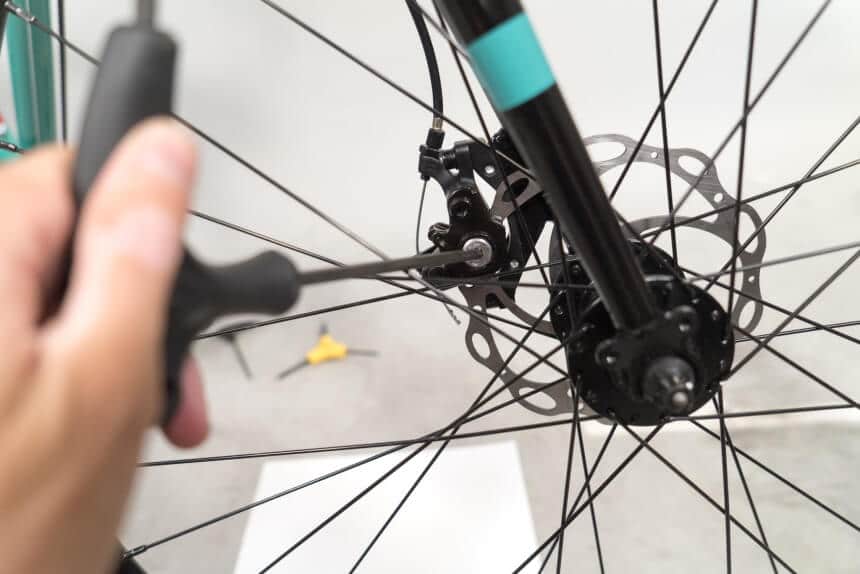 If your bike has mechanical disc brakes or rim brakes, you should simply loosen the cable tension. This process is fairly simple and highly depends on the bolts your bike has. Use a small spanner or Allen wrench to loosen them, and then adjust the cable tension. Once this is done, you should then tighten the bolts again.
If your bike has mechanical disc brakes or rim brakes, you should simply loosen the cable tension. This process is fairly simple and highly depends on the bolts your bike has. Use a small spanner or Allen wrench to loosen them, and then adjust the cable tension. Once this is done, you should then tighten the bolts again.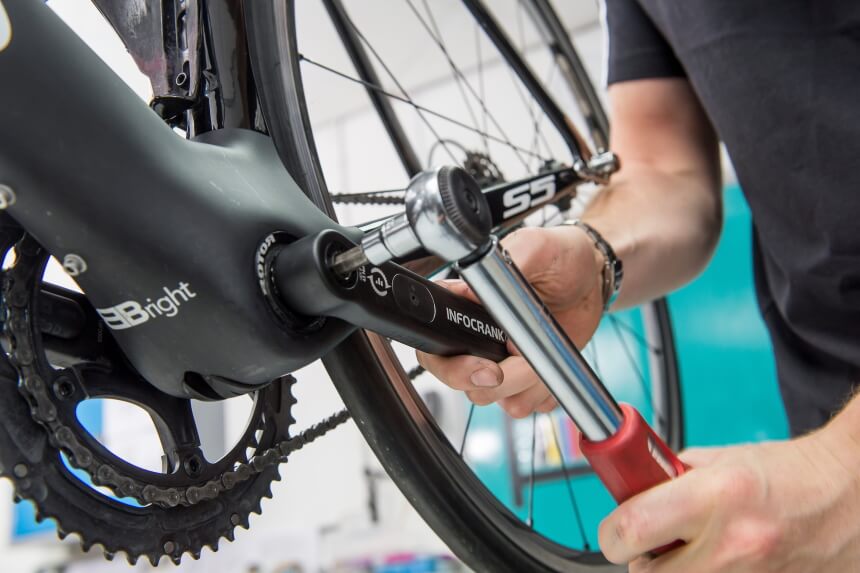 First, take your pedals off the crank arms and soak them in degreasers such as diesel. This will remove any grease and rust buildup, allowing you to fix them with ease. You should then loosen the axle bolt slightly and spin them. If the movement is smooth, you can put them back on your bike. If this doesn’t work, then you should inspect the ball bearings for damage and then replace them.
First, take your pedals off the crank arms and soak them in degreasers such as diesel. This will remove any grease and rust buildup, allowing you to fix them with ease. You should then loosen the axle bolt slightly and spin them. If the movement is smooth, you can put them back on your bike. If this doesn’t work, then you should inspect the ball bearings for damage and then replace them.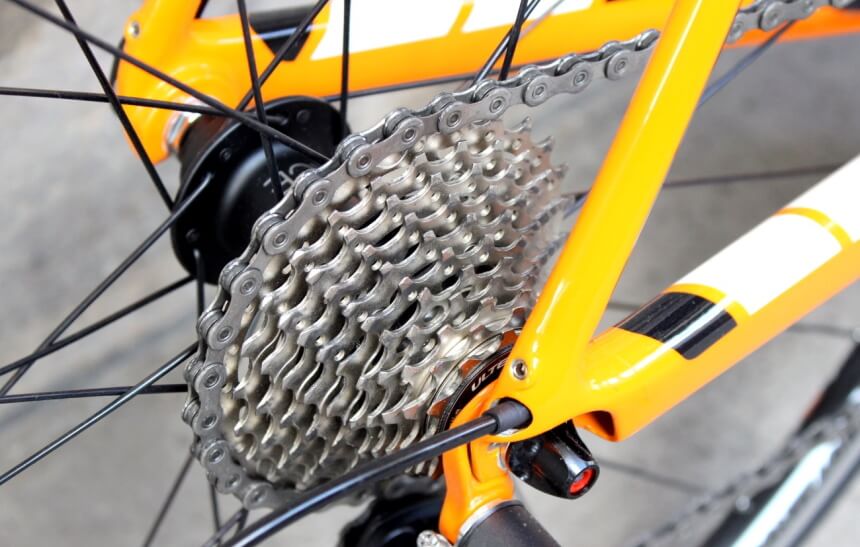 Find out the chain on which the sprocket rests by checking the gear sprockets at the rear. For reference, the largest sprocket is usually for the lower gears, while the smallest sprockets are usually for the highest gear. For the front chain rings, the opposite is true. Check the gear you’re riding on and then adjust it based on your terrain; we also recommend that you test out various gears until you find one that feels comfortable for you.
Find out the chain on which the sprocket rests by checking the gear sprockets at the rear. For reference, the largest sprocket is usually for the lower gears, while the smallest sprockets are usually for the highest gear. For the front chain rings, the opposite is true. Check the gear you’re riding on and then adjust it based on your terrain; we also recommend that you test out various gears until you find one that feels comfortable for you.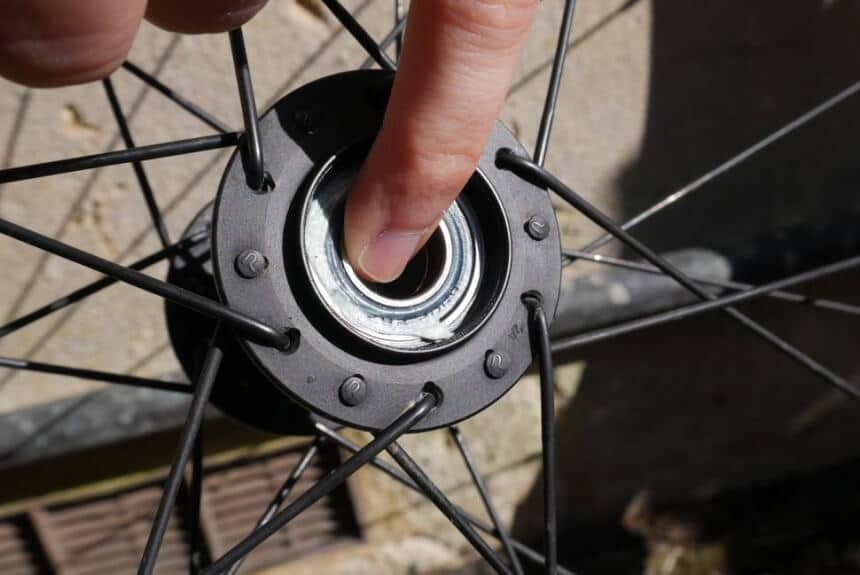 First, take out the ball bearings and spin them. If the bike pedals are not working and spinning freely, you should soak them in a degreaser bath and then grease them for lubrication. If this doesn’t work, then it’s time to replace them.
First, take out the ball bearings and spin them. If the bike pedals are not working and spinning freely, you should soak them in a degreaser bath and then grease them for lubrication. If this doesn’t work, then it’s time to replace them.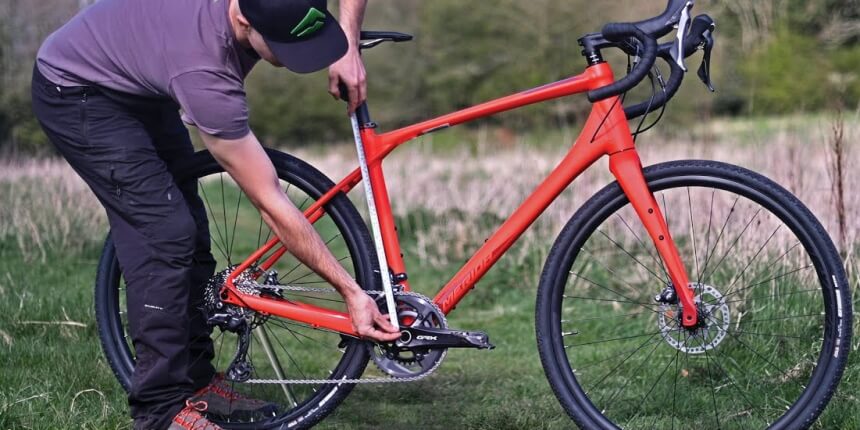 If you go for a bike with a small frame, your legs will have limited space to pedal efficiently. This will force you to adopt an awkward position which will make cycling difficult.
If you go for a bike with a small frame, your legs will have limited space to pedal efficiently. This will force you to adopt an awkward position which will make cycling difficult.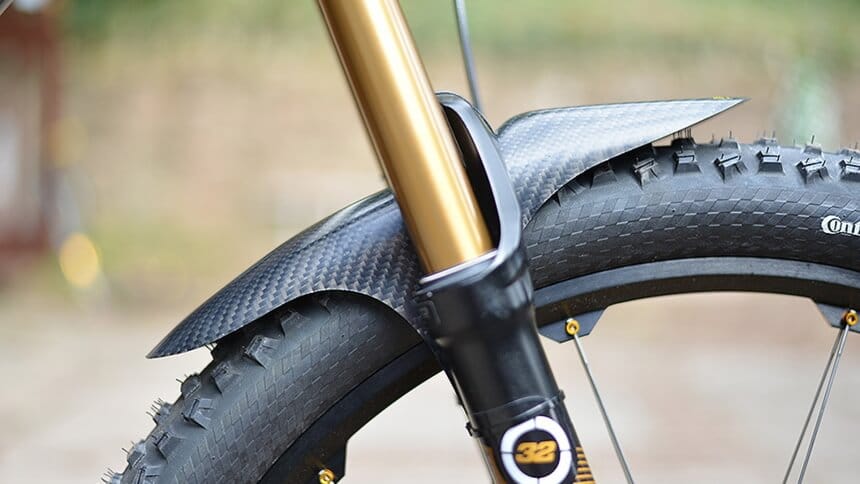 Mudguards are extremely important when you’re riding in wet or muddy conditions as they protect you from getting mud or gravel as you ride. They can, however, become a nuisance, especially when they are installed incorrectly or they extend too far. This is because they rub against your back wheel, making it difficult to pedal or causing you to unintentionally break.
Mudguards are extremely important when you’re riding in wet or muddy conditions as they protect you from getting mud or gravel as you ride. They can, however, become a nuisance, especially when they are installed incorrectly or they extend too far. This is because they rub against your back wheel, making it difficult to pedal or causing you to unintentionally break.




